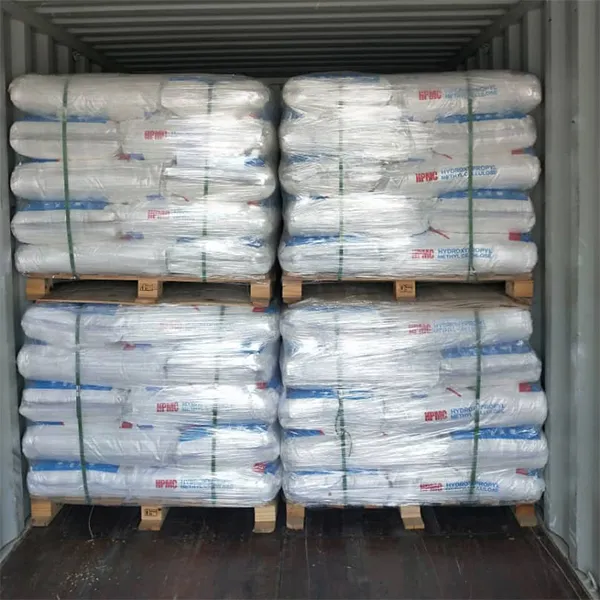Exploring HPMC for Shower Gel A Deep Dive into Its Benefits and Applications
With the increasing demand for innovative and effective cosmetic products, the use of Hydroxypropyl Methylcellulose (HPMC) has gained significant attention in the formulation of various personal care products, including shower gels. This article explores the unique properties of HPMC and its advantages in creating high-quality shower gel formulations.
What is HPMC?
Hydroxypropyl Methylcellulose is a cellulose derivative that is widely used in the cosmetic and pharmaceutical industries. It is a white, odorless powder that is soluble in cold water and forms a clear gel-like solution. HPMC is famous for its thickening, emulsifying, and film-forming properties, making it an ideal ingredient in various formulations.
Benefits of HPMC in Shower Gels
1. Thickening Agent One of the primary roles of HPMC in shower gels is its ability to thicken the formulation. By adding HPMC, formulators can achieve the desired viscosity that provides a luxurious and pleasant texture to the product. A thicker shower gel not only enhances the overall user experience but also ensures that the product clings to the skin better, leading to efficient cleansing.
2. Stabilizing Emulsions HPMC acts as an excellent emulsifier, which is critical in formulating shower gels that contain both oil and water-based ingredients. This property helps to stabilize the formulation, preventing the separation of ingredients, and ensuring a consistent product throughout its shelf life. A stable shower gel not only improves product quality but also builds consumer trust.
3. Enhancing Spreadability The gel-like consistency created by HPMC allows for better spreadability on the skin. This means that users can apply the shower gel more evenly, making it easier to achieve a thorough cleanse. Enhanced spreadability also contributes to a more enjoyable bathing experience, as the product glides smoothly over the skin.
hpmc for shower gel

4. Moisturizing Properties HPMC has been found to have excellent water retention properties, which can be beneficial in shower gels aimed at moisturizing the skin. By formulating with HPMC, manufacturers can create products that not only cleanse but also help retain moisture, leaving the skin feeling soft and hydrated post-use. This is especially important for individuals with dry or sensitive skin.
5. Improved Feel and Sensory Experience The incorporation of HPMC in shower gels contributes to a silky and smooth texture, enhancing the overall sensory experience. Users often prefer shower products that feel good on the skin, and HPMC can provide that luxurious feel. When combined with fragrances and essential oils, shower gels with HPMC can offer an indulgent bathing experience.
Applications in Formulating Shower Gels
When formulating shower gels, HPMC can be used in conjunction with other ingredients to achieve specific benefits. For instance, combining HPMC with surfactants can enhance foam quality while maintaining the gel's stability. Additionally, incorporating natural extracts and oils can further elevate the product's appeal by offering added skin benefits.
Choosing the right grade of HPMC is also critical, as different grades will impart varying levels of viscosity and stability to the formulation. Formulators need to experiment with different concentrations to achieve the perfect balance that meets both performance and sensory expectations.
Conclusion
In conclusion, HPMC stands out as a versatile ingredient in shower gel formulations. Its thickening, emulsifying, and moisturizing properties make it an invaluable component for creating effective and appealing personal care products. With its ability to enhance user experience through improved texture and spreadability, HPMC is poised to continue playing a crucial role in the cosmetic industry. Manufacturers looking to innovate in shower gel formulations should consider the numerous benefits HPMC offers, ensuring they meet the evolving needs of consumers seeking quality and performance in their bathing products.
-
Rdp Powder: Key Considerations for Wholesalers in the Building Materials IndustryNewsJul.08,2025
-
Key Considerations for Wholesalers: Navigating the World of Hpmc - Based ProductsNewsJul.08,2025
-
Hpmc Detergent: Key Considerations for WholesalersNewsJul.08,2025
-
Key Considerations for Wholesalers: China Hpmc For Tile Adhesive, Coating Additives, Concrete Additives, and MoreNewsJul.08,2025
-
Crucial Considerations for Wholesalers: Navigating the World of Construction MaterialsNewsJul.08,2025
-
Key Considerations for Wholesalers Sourcing Additive For Cement, Additive For Concrete, Additive For Putty from Additive Manufacturer Shijiazhuang Gaocheng District Yongfeng Cellulose Co., Ltd.NewsJul.08,2025




